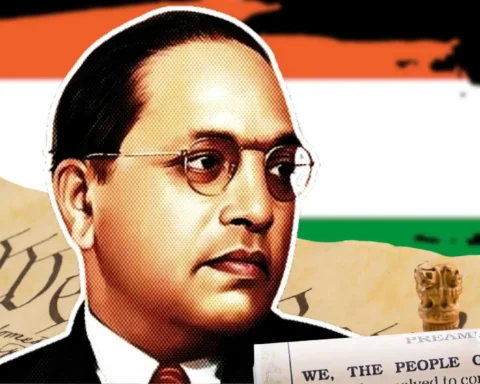The 2nd of November will mark the International Day to End Impunity for Crimes against Journalists 2024. The day is meant to highlight and draw attention to the level of impunity for crimes against journalists. Crimes against journalists have become increasingly prominent since the turn of the century. The destruction of media equipment and infrastructure, kidnappings and murder of journalists have all become common hallmarks since the turn of the century.
According to the UNESCO observatory, nearly 90% of all journalist killings since 2006 remain unresolved in judicial proceedings. The impunity for crimes against journalists sets a dangerous precedent that has to be curbed.
Table of Contents
History of The International Day to End Impunity for Crimes Against Journalists
The International Day to End Impunity for Crimes against Journalists came into being as a result of two very dark chapters. One of these was the Ampatuan massacre, which happened on the 23rd of November 2009 in the Philippines. It involved the killing of over 57 people, with 32 of them being journalists. This marked the deadliest event of such nature in the history of news media.
Four years later, in 2013, a French journalist, Ghislaine Dupont and a technician, Claude Verlon, were kidnapped and then murdered by unidentified assailants in Mali.
On the second anniversary of their deaths in 2015, the United Nations, through resolution 68/163, recognised the 2nd of November as the International Day to End Impunity for Crimes against Journalists.

The State of Impunity for Crimes Against Journalists
As of today, with the rise of mass media alongside a multitude of crises across the globe, the role of the journalist has become all too important. This, at times and quite often, puts journalists at odds with sects of the population with varying degrees of power and influence.
Since 2017, UNESCO has recorded a decrease in the overall percentage of journalist killings.
However, since 2013, there has been a reverse in the trend, whilst accountability for the deaths of journalists while at work remains low.
Meanwhile, journalists in conflict areas remain at the highest risk, either through crossfire or targeted killings. Journalists outside areas of declared armed conflict are actually also in very great danger. Through a report published by the United Nations in 2022, about 10 journalists were killed in countries not experiencing armed conflict when compared to those in conflicts.
This trend reversed in 2023, where over half of all journalist deaths were in areas of crisis or armed conflict. The same report also found that a majority of the killings occurred in Latin America and the Caribbean, accounting for well over 30%.
International Day to End Impunity for Crimes against Journalists 2024.
The International Day to End Impunity for Crimes Against Journalists 2024 carries the theme of safety for journalists in crises and emergencies.
The danger that journalists face in these regions extends beyond their lives and infrastructure and threatens the entire field of journalism. As journalists face either death or evacuation, they risk plunging these areas into what is described as “zones of silence.” As journalists leave these affected areas, the affected lack a voice, leaving them more vulnerable.
In response, the United Nations has devised what it has termed the UN Plan of action on the safety of journalists and issues of impunity. “The Plan is calling for a coalition-based and holistic approach to its implementation. It includes six areas: raising awareness; standard setting and policy making; monitoring and reporting; capacity building; research and coalition building.”
Conclusion
Journalism is an essential field that is responsible for maintaining the integrity of society. It informs and consequently maintains checks and balances. The International Day to End Impunity for Crimes against Journalists 2024 is thus a very important observance. It is critical as it commemorates the importance of journalism and ensures the safety of journalists around the world. For 2024, the commemoration will be held in Addis Ababa, Ethiopia, from 6 to the 7th of November.

FAQs
What is the UN convention on the protection of journalists?
The UN Convention on the Protection of Journalists, co-signed by several media agencies, underscores the right to life and protection of journalists. It places a high priority on the safety and security of journalists and associated media personnel.
What are the atrocities against journalists?
Journalists have been subjugated to various crimes and human rights abuses. These include murder, kidnappings, sexual violence, threats, forced disappearances and others. The full extent goes beyond personal or bodily harm as media infrastructure and equipment get destroyed.
How can journalists be protected?
Journalists can be protected through various means. Bulletproof body armour and identification tags are important on the personal level for those reporting in areas of crises and emergencies. Legal consequences against crimes committed against journalists are also crucial, as they set a precedent and fight impunity.









